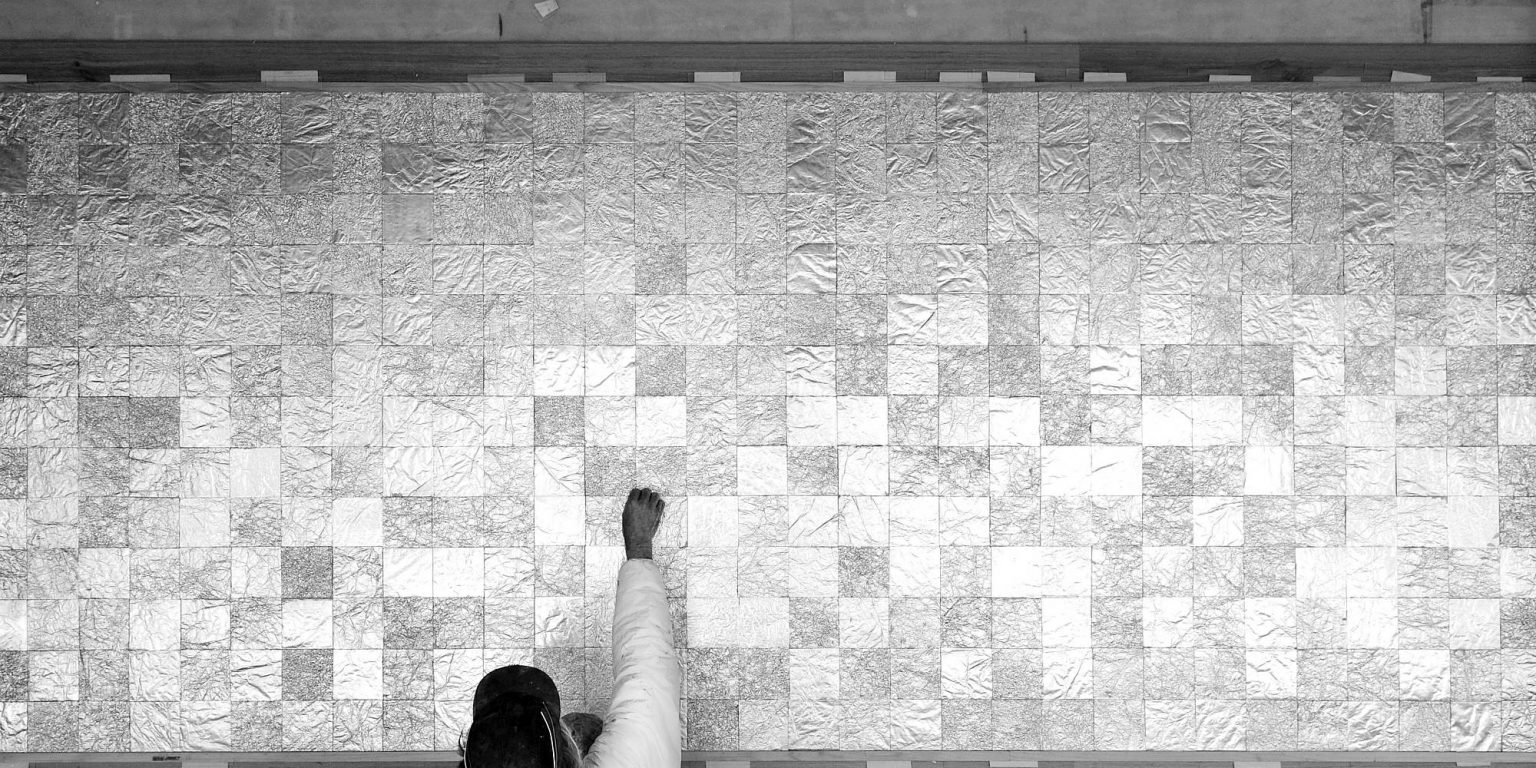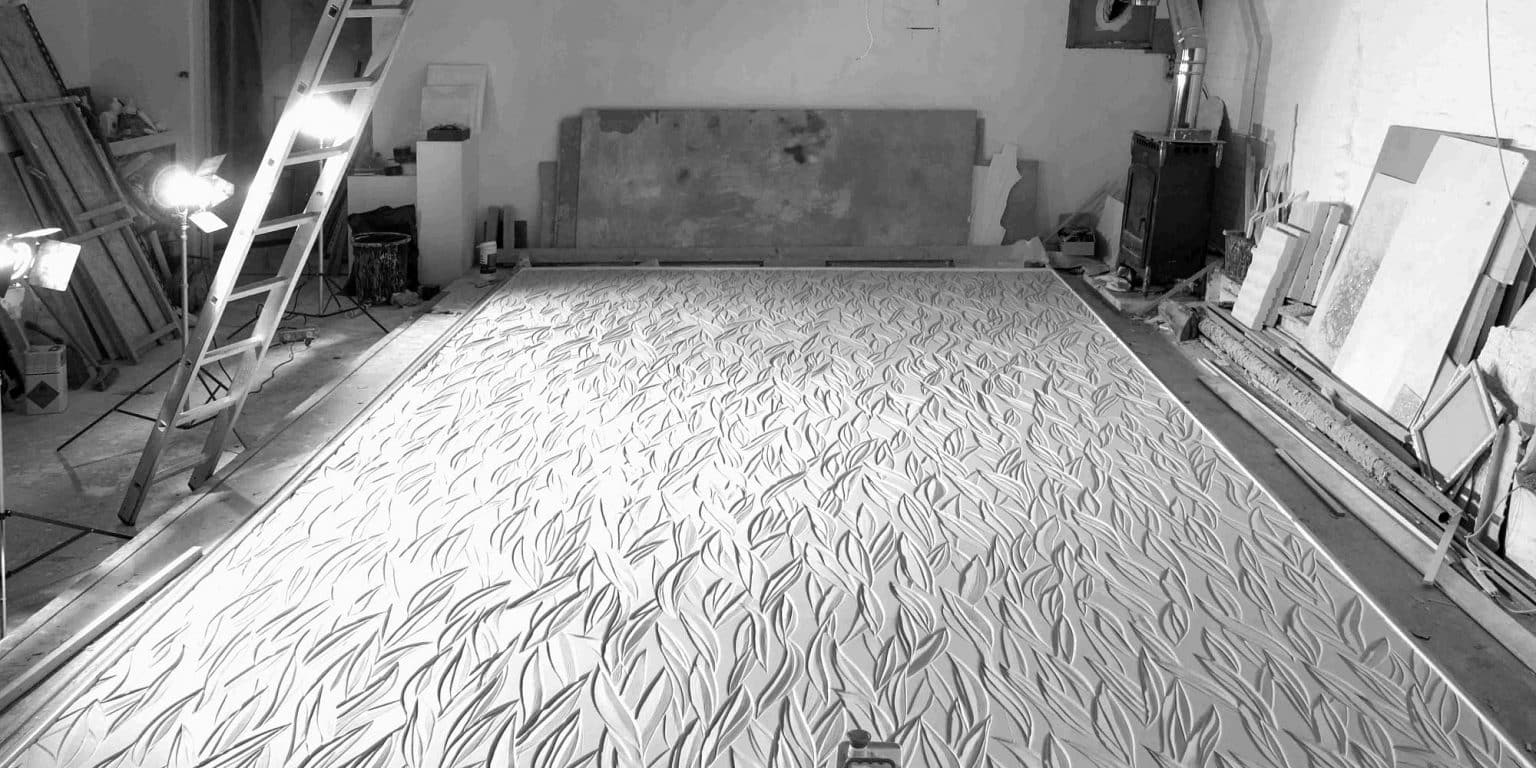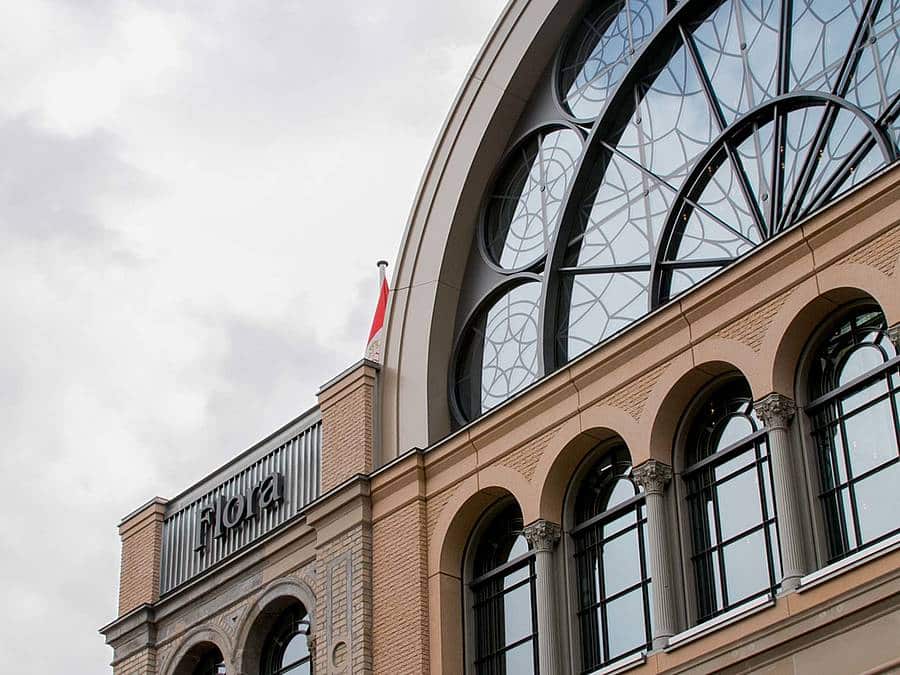
Stories
A Look Behind the Façade
Reckli has more than 200 concrete patterns in their portfolio. To create new designs, the company regularly invites artists and designers to immortalize their ideas on a formliner. The FORMLINER series MADE BY introduces the designers and their work. FORMLINER spoke with French artist Romain Taieb and German designer Matthias Hohmann.
Listening to his words, you could easily believe that Romain Taieb was a poet. He speaks so poetically about his work, there’s so much romance in his words. It’s easy to imagine him sitting and working in his atelier in Montreuil, “the new Brooklyn of Paris”. That’s where the artist completes his works. He broods over his drafts in his sketchbook, acrobatically developing them into the final product. Like the display he and his friend Martin McNulty recently made for the fashion designer ‘Couturier’: a plaster tree with 14,000 resin leaves. As well as sculptures, Romain Taieb also designs surface patterns for RECKLI. Even the artist himself is unsure as to how to describe his work. For him, the term “texturology” comes the closest. It was coined by Jean Dubuffet, one of the most important figures in post-war French art, and it embodies how Romain Taieb sees his work.
Today, the 49-year-old studies at the École nationale supérieure des Beaux-Arts de Paris. That’s where the artist discovered sculpture and mosaics. “I rejected the big theories and ideas of art and began with texture work and its application”, explains Taieb. For years, he created “large scale displays for fashion boutiques” until he began using his craft for architecture. This move into surface design was thanks to Serge Rizzi and Eric Mortier from RECKLI, “because they were the first to see the potential for architecture”. The artist takes his inspiration from everyday life. “All textures, surfaces that I create are not mere imitations of nature, they come from the turning cogs of my brain”. Sometimes a simple client request will get this artist’s creativity flowing. Some time ago, an architect wanted to disguise a large water preparation tank with a gentle wave. “Straight away, I started to imagine a sand sculpture, like dunes on a beach, that I then covered with a satin sheet, under which we let the resin flow. I would never have come up with this idea without the architect’s request,” said Taieb.
As well as individual solutions, he also develops new patterns for the RECKLI repertoire. 25 of the 200 surface patterns come from his designs, most of them based on the patterns of nature: watery beds of sand, pressed leaves, the thick fur of a wild boar, the raw surface of a tree. However, the artist’s work is also characterized by abstract patterns. “2/188 Champagne” features different sized squares that jut out of and sink into the wall. When working, the whole process is important to him. In order to guarantee the best results, the artist is happy to invest a lot of time, research, get to know people, architects, decorators. He then accompanies the design through to being made into a formliner in the factory. However, he also knows about the “loneliness of working in an atelier”. The projects he enjoys the most are the ones he can spend the most time on: “Creating a pattern is realizing huge dimensions. I love long, manual projects that let you concentrate on one thing. Just like how Penelope weaved each day waiting for Odysseus to return.”
Taieb can’t choose a favorite from his patterns. “There aren’t canvases or finished pieces of art. They have a lot of life. Each time an architect chooses one for a building, a new combination is born.” For Taieb, the basic presentation is important. It should be timeless, meaningful, without being intrusive. “Creating a form that will be remembered, that’s good surface work. A good decorative surface doesn’t just catch the eye, it takes you on a visual journey.”
As poetic as Romain Taieb’s words about his work are, you have to see it to fully understand it. “That’s the best way to understand my work”.



